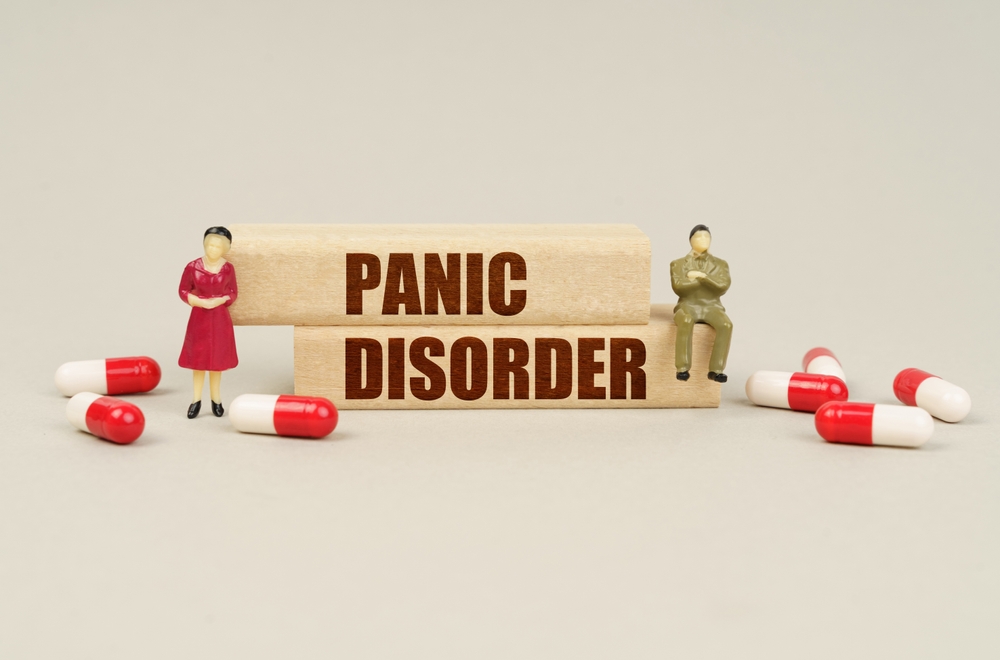Overview
Most people experience panic attacks occasionally in their lifetimes. however, panic disorder is a separate condition that is identifiable by a persistent and overwhelming fear of having panic attacks. This fear exhibits itself in physical symptoms like a racing heart, breathing difficulties or sweating.
Key Facts
- The causes of panic disorder are not yet clearly understood
- Research indicates women are more likely than men to develop the condition
- Avoiding alcohol and stimulants such as caffeine, as well as illicit drugs, can help manage symptoms
Symptoms
The experience is different for everyone, and symptoms often vary. The symptoms and underlying fear are typically not proportionate to the level of danger the person faces at that moment. However, they can significantly affect the functioning and daily living. Common symptoms include:
- Racing heartbeat or palpitations
- Shortness of breath
- Feeling like you are choking
- Dizziness (vertigo)
- Lightheadedness
- Nausea
- Sweating or chills
- Shaking or trembling
- Changes in mental state, including a feeling of derealization (feeling of unreality) or depersonalization (being detached from oneself)
- Numbness or tingling in your hands or feet
- Chest pain or tightness
- Fear that you might die
Diagnosis
Symptoms of panic disorder often appear in teens and young adults under 25. If you have had four or more panic attacks or live in fear of having another panic attack after experiencing one, you may have a panic disorder.
Your doctor may perform a mental health examination and ask about your symptoms.
Causes
The causes of panic disorder are not clearly understood. Research has shown that panic disorder could be genetically linked. Panic disorder is also connected to traumatic or stressful experiences in life.
Prevention
As the exact cause of the panic disorder is not clear, prevention is focussed on lifestyle factors such as regular exercise, which is known to improve mental health; avoiding ‘stimulants’ like alcohol and caffeine, as well as food and drinks that contain high levels of sugar. Additionally, there are breathing exercises that can help manage potential attacks.
Treatments
Treatment for panic disorder focuses on reducing or eliminating your symptoms. Primarily, this is therapy with a qualified professional that can help work through triggers and how to manage symptoms, and in some cases, medication can be prescribed.
Medications usually used to treat panic disorder include selective serotonin reuptake inhibitors (SSRIs), a class of antidepressants.
Symptoms can also be reduced by;
- Maintaining a regular schedule
- Getting regular exercise
- Ensuring enough sleep is achieved
- Minimising the use of stimulants such as caffeine
Conclusion
Panic disorder is often a long-term condition that can be difficult to treat. Most people with panic disorder will experience some symptom relief through treatment. However, some people do not respond well to treatment, while others may have periods when they have no symptoms and periods when their symptoms are quite severe.
MOST COMMON

